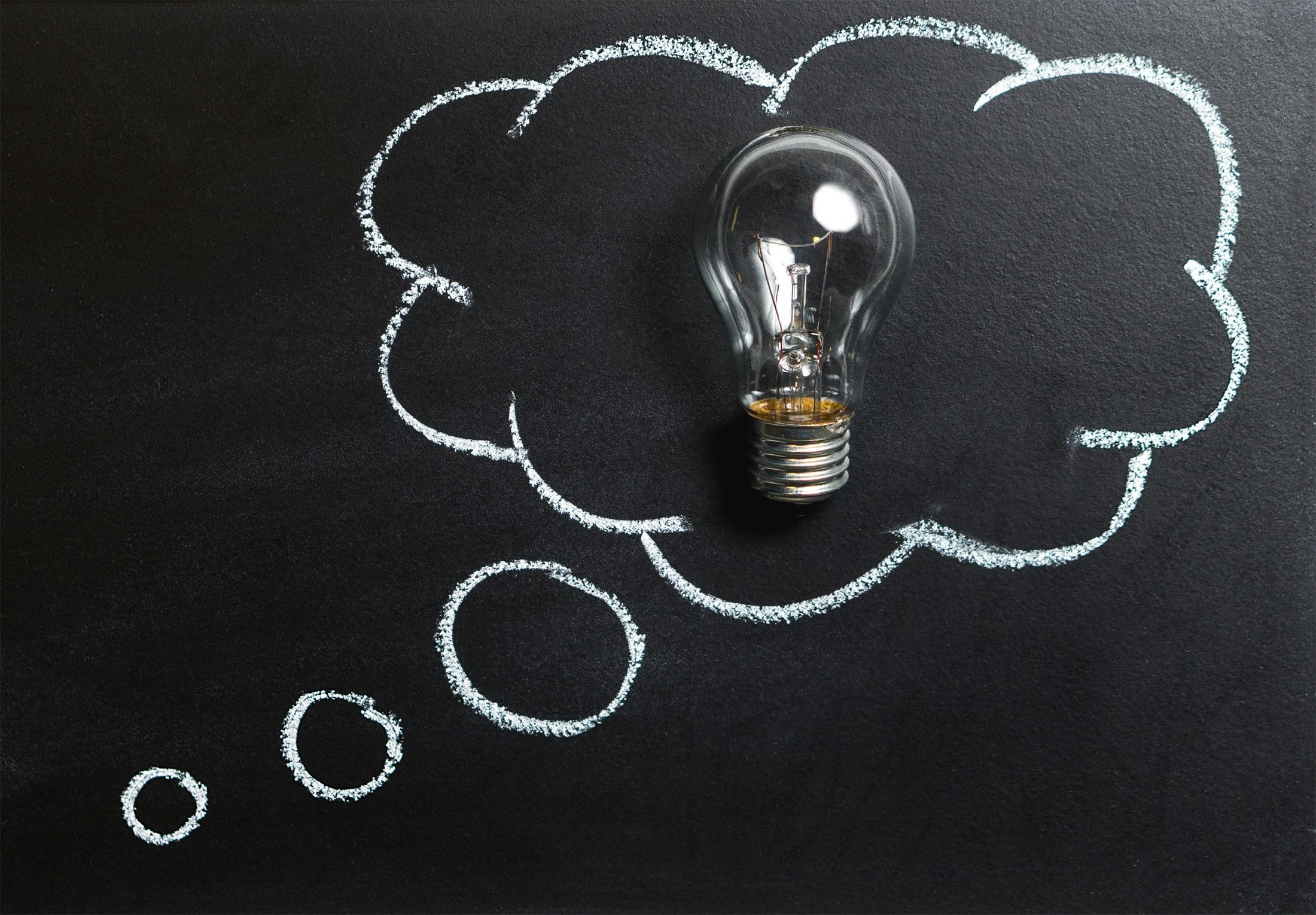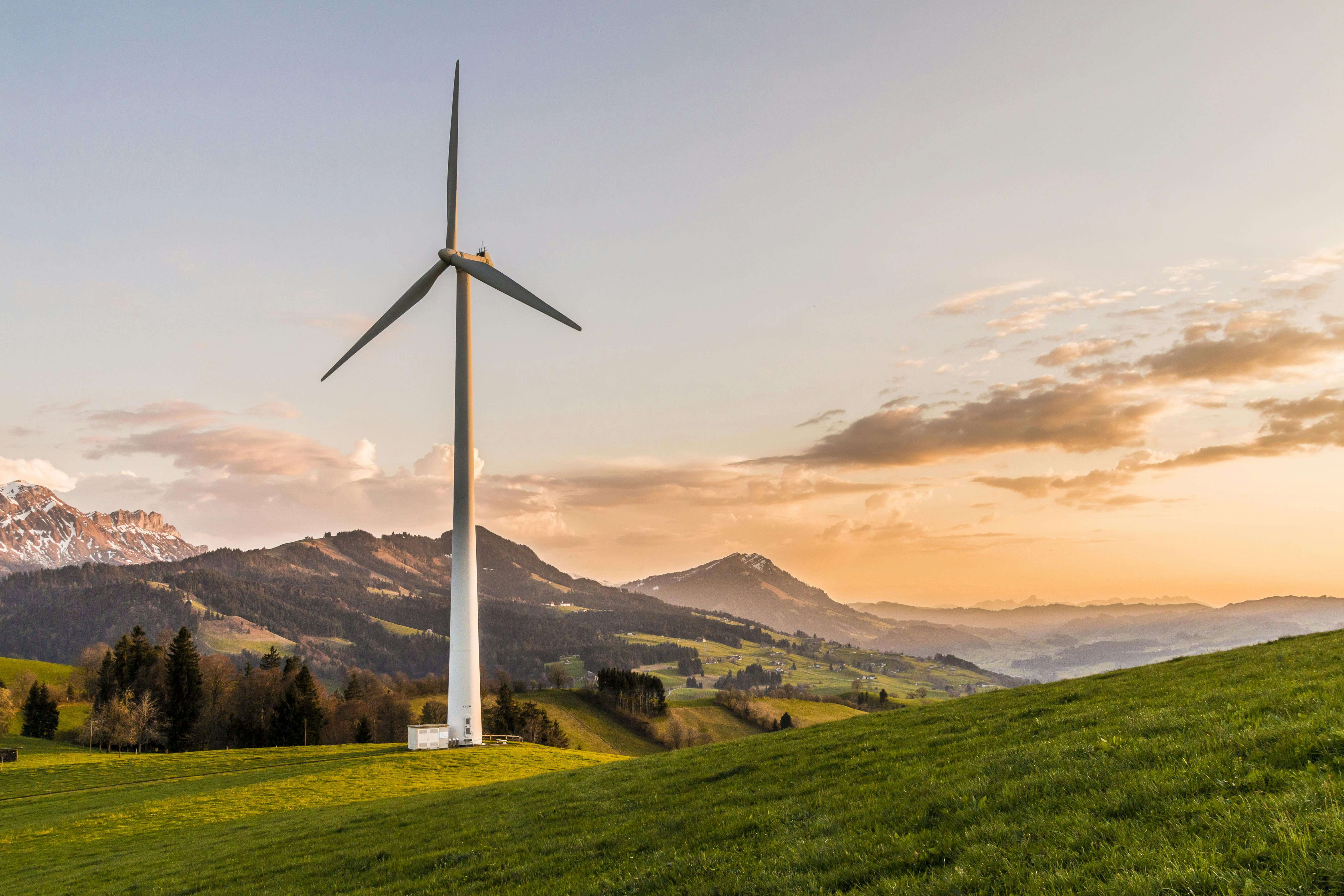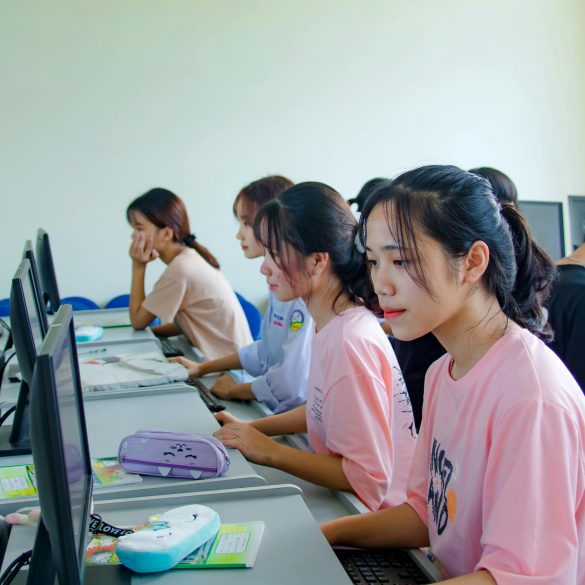Ecuador Energy Saving Guide: Easy Steps for Small Business Owners
Let’s be real: energy bills in Ecuador aren’t just a line item—they’re often the difference between profit and loss for small businesses. Back when I first started advising SMEs around Guayaquil and Quito, I can’t tell you how many shop owners shared stories of sky-high bills, surprise fees, and ongoing frustration with rising power costs. What really strikes me about the local business community is how keen everyone is to find quick, real solutions—not just technical jargon or expensive upgrades. If you’ve ever opened an electric bill and quietly muttered, “Again?”—welcome, you’re not alone.
So, here’s what I’ve learned over a decade: Ecuador has some of the most accessible and effective energy-saving opportunities for small businesses in South America, but uptake remains low. Why? Frankly, most people don’t get clear, straightforward guidance tailored to a local context. As someone who’s sat across café tables with worried owners, picked through government subsidies, and watched competitors edge ahead just by saving a few dollars each month, I’m eager to share what actually works—in plain language with real human nuance. Will every tip be a perfect fit for every business? Of course not. But even minor changes can shave 10%, 20%, sometimes 30% off monthly energy expenses according to recent government research1.
Why Energy Costs Matter in Ecuador
What’s easy to forget in the weekly blur of running a business is just how much energy rates fluctuate in Ecuador. While some larger cities enjoy reliable hydroelectric power, plenty of small towns face outages—or sudden price hikes whenever demand spikes2. During El Niño years, for instance, grid instability can kick up rates dramatically. Now, this isn’t just hypothetical: in 2023, small retail owners in Cuenca saw average monthly increases of 18%, forcing tough choices between reinvesting in stock or paying the utility company3.
Ever notice how energy bills aren’t just about consumption, but timing too? Ecuador’s “tarifa horaria” (time-of-day pricing) means using appliances during peak times can quietly double your monthly costs4. Sound familiar? What genuinely surprises me is how many owners don’t even realize their staff routinely switch on high-power coffee machines or A/C units right at noon. I did the same, honestly, until a client’s savvy accountant pointed out the pattern.
- Ecuador generates nearly 90% of its electricity from hydroelectric sources—and plans to hit 100% sustainable by 20305.
- Small businesses make up 60% of commercial energy consumption nationally6.
- Government subsidies cover up to 25% of energy-saving appliance costs for certified SMEs7.
- Average energy bill for microbusinesses: $65-120/month (2024 data)8.
Step 1: Analyze Your Bill—And Find Hidden Savings
Before anyone starts swapping out bulbs or eyeing solar panels, the honest advice? Dig into your last three utility bills. Sounds obvious, but here’s the kicker: most businesses still don’t. You want to look for patterns—peak hour usage, seasonal spikes, mystery fees. I remember a bakery owner in Ambato who discovered his “demand charge” (a hidden surcharge for using power at peak times) was eating up 12% of his monthly total, just because staff warmed ovens at 3 PM instead of 10 AM. That single tweak saved him $18 a month. Not massive, but definitely worth the thirty minutes spent over coffee and spreadsheets.
What should you look for when analyzing? Here’s a quick checklist—and I’ll step back for a second to clarify: this isn’t about becoming an energy analyst overnight. It’s about spotting the simple stuff nobody else sees:
- Highest usage hours (often listed on reverse)
- Energy “tiers”—are you constantly just above a cheaper band?
- Hidden fees (look for “cargo fijo” or “demanda” charges)
- Rate changes—have the rates themselves fluctuated month-to-month?
- Appliance patterns—are specific machines causing spikes?
The more I think about it, the real value here is clarity. Once you spot a pattern, you’re not guessing anymore—every step after gets way, way easier.
Key Insight
From my perspective, spending 20 minutes monthly reviewing your energy statement is often the single most effective habit for consistent savings. Actually, this has now become a non-negotiable for all my consulting clients.
Step 2: Upgrade to Smarter Lighting
Honestly, lighting is where most small businesses in Ecuador leave easy money on the table. Back in 2022, I stepped into no fewer than 30 different tiendas in Quito for a local energy study, and the pattern was obvious: old fluorescent tubes, odd mismatched bulbs, half of which hummed more than they illuminated. It’s bonkers when you realise just switching to LED lighting—a step most owners still see as “nice to have”—could cut lighting costs by 35-65% instantly9.
Here’s the thing though: investment isn’t massive, and Ecuadorian suppliers started offering government-subsidized LEDs last year, bringing upfront costs down even further. If you’re running a café, retail shop, small office, or even a market stall, you can make back the cost in about three to six months. Of course, that’s assuming you don’t get overwhelmed by technical jargon—which is why I always tell clients to ask three basic questions when making the switch:
- Are the LEDs certified for energy savings by the Ministerio de Energía?
- Does the supplier provide installation support (even basic advice)?
- How many fixtures actually need swapping? (Don’t change the ones barely used.)
Sound familiar? It should. A single 15W LED can replace a standard 60W incandescent, producing the same light at one-quarter the cost. Multiply that by 5-10 bulbs and you’re looking at real, repeatable monthly savings.
Did You Know?
Ecuador’s small businesses can now access rebates covering up to 40% of the cost for certified LED lighting—something no other South American country currently matches10.
Step 3: Control Cooling & Heating Costs
This strikes me as especially urgent during Ecuador’s peak hot months—when the temptation to crank up air conditioning hits hard. Yet, according to the 2023 energy census, A/C units in small shops account for a whopping 44% of total electricity during the summer season11. Here’s what often happens: someone flips the A/C on at 9 AM and leaves it until 7 PM. Meanwhile, doors swing open constantly, letting cool air escape. Sound familiar?
Here are the actionable, Ecuador-proven tips I always suggest—no expensive renovations required:
- Install simple door curtains or strips to limit cool air loss
- Set thermostats 2-3°C higher during midday (the difference is almost invisible to customers)
- Zone cooling: Only use A/C where needed, not across unused rooms
- Clean A/C filters biweekly for 15% energy gains
- Use ceiling fans—or even standing fans—alongside lower A/C settings for the classic “double effect” most locals already intuit
I’ll be completely honest: shopkeepers who add curtains or strips often see bill drops within weeks—a tip given to me by an Otavalo merchant whose energy costs now run 30% below neighboring stores. What excites me is how these tweaks don’t require tech know-how, just practical common sense and small local investments.
| Method | Expected Savings | Time to Implement | Cost Range (USD) |
| LED Bulbs | 35–65% (lighting) | 1 Day | 20–60 |
| Door Curtains/Strips | 10–30% (cooling) | 1–3 Days | 15–40 |
| Thermostat Reset | 4–8% (overall) | Immediate | Free |
| Fan + Lower A/C | 18–25% (overall) | 1 Day | 20–70 |
Step 4: Optimize Major Appliances
Here’s what gets me: most business owners in Ecuador still run ancient fridges, coffee machines, and cookers—machines that seemed immortal until you add up the annual running cost. In my experience, even “minor” upgrades can have massive long-term impact. According to a 2020 Universidad San Francisco de Quito study, swapping a ten-year-old fridge for a high-efficiency model slashes energy use by 37% (with payback in under a year)12.
Which appliances deserve your attention? Let’s get practical—look for:
- Refrigerators/freezers more than 8 years old
- Water heaters not set to “Eco” mode—a single setting change can drop costs 13%
- Coffee machines used during peak “tarifa horaria” hours
- Microwaves and cookers left plugged in overnight
One thing my mentor always hammered into me: always unplug machines overnight. Simple, sometimes overlooked, and absolutely crucial. Even standby mode eats away at margins.
“We cut our energy bill by 22% just by updating two fridges and teaching staff to unplug the coffee machine overnight. That’s real money for a microbusiness.”
Expert Tip
Don’t replace every old machine at once. Prioritize those with the highest running hours—fridge, A/C, then specialty equipment.

Step 5: Tap Into Government Incentives
I used to think most energy schemes in Ecuador were a headache of paperwork, but actually, the national government has streamlined incentives for SMEs over the last two years. Which reminds me—don’t let anyone say you need a big team or endless patience for this. Did you know there’s an online portal, the “Subsidios Energéticos” platform, where owners can check eligibility, apply for discounts, and even download rebate forms in minutes13?
What kinds of programs exist for small businesses right now?
- Direct rebates for purchasing certified efficient appliances
- Tax credits against energy-saving investments (LEDs, fridges, A/C upgrades)
- Free energy audits offered by local municipalities (especially in Guayaquil, Quito, Cuenca)
- Training workshops—sometimes even with no registration fee
One client of mine—a hair salon owner in Quito—managed to save over $110 last quarter just by using a single rebate and switching to certified lighting. The process took less than 30 minutes online (and the local supplier helped with the paperwork). What excites me about Ecuador’s current strategy is how genuinely accessible it’s become—even for businesses without dedicated finance staff or IT support.
Quick Note
Document everything. Take photos of receipts, installation, and old appliances. Government subsidy verifiers love evidence, and lost paperwork costs valuable time.
Step 6: Create an Energy-Smart Staff Culture
Here’s where most advice falls short: you can swap bulbs, unplug machines, and apply for every available rebate, but unless staff build energy-saving habits, you’ll still lose out. In my experience, a single team member who “gets it” makes all the difference. What I should have mentioned first—it’s really about culture. If your employees aren’t involved, change won’t stick.
I recently helped a small office in Manta develop a monthly energy “challenge”—whoever found the best saving tip got lunch on the house. Within three months, they saw a 28% drop in bills. It wasn’t the prize—it was the pride and buy-in.
Try these simple steps:
- Run a 10-minute staff energy review each month (no tech needed)
- Put up quirky reminder signs—a great hack for forgetful teams
- Assign an “energy champion” to monitor usage
- Encourage staff suggestions—sometimes, the best tips come from those on the ground
What puzzles me sometimes is how little formal training is needed. Once staff feel involved, saving energy becomes social—almost competitive. The more you encourage friendly feedback, the more savings feel like shared success.
“Staff engagement is the number one predictor of energy savings in Ecuadorian businesses. Training helps, but culture changes everything.”
Easy Wins: What To Do This Week
Feeling overwhelmed? Pause here and consider: You don’t need to fix everything at once. Pick two steps (analyze your bill and replace the most-used bulbs) to tackle this week. Next week, shift staff culture with a mini-challenge. Then, check eligibility for government incentives. Let that sink in—a handful of practical changes could shrink your next bill before you know it.
Actionable Checklist
- Read your last three energy bills—note patterns and fees
- Replace high-use bulbs with certified LEDs
- Reset A/C and heater, add curtain strips if practical
- Unplug appliances overnight
- Check and claim any relevant government incentives
- Kick off a monthly staff energy review
Your Next Steps & Action Plan
At this point in time, if you’ve made it all the way to the conclusion, you’re probably thinking—“Okay, but where should I start tomorrow?” Let me simplify: focus first on visibility, then execution. If your bill analysis turns up a pattern, act there. If staff aren’t yet engaged, launch the energy review challenge ASAP. The more you personalise your approach for your business and routine, the easier every single technique becomes.
Looking ahead, Ecuador’s grid is only getting cleaner, and national incentives aren’t going away. Simple steps taken now will future-proof your business against rate spikes, outages, or regulatory shifts. I’ve seen owners “wait and see”—only to pay hundreds more while competitors reduced costs proactively. From my perspective, proactive steps nearly always pay off.
One last thing: stay curious and keep learning. Energy-saving isn’t a static field—new tech, new solution sets, and new government programs emerge all the time. Subscribe to local business bulletins, and don’t be shy about sending questions to energy suppliers. You don’t need to become an expert, just a little more informed each month.
Final Call-to-Action
Ready to claim your savings? Make a commitment—review your current energy use, change what you can this week, and set a schedule to revisit monthly. Share what you learn with colleagues and community groups. The collective impact of Ecuador’s small businesses goes far beyond bills—it’s about building resilience, profitability, and environmental leadership.
References
Sources & References



